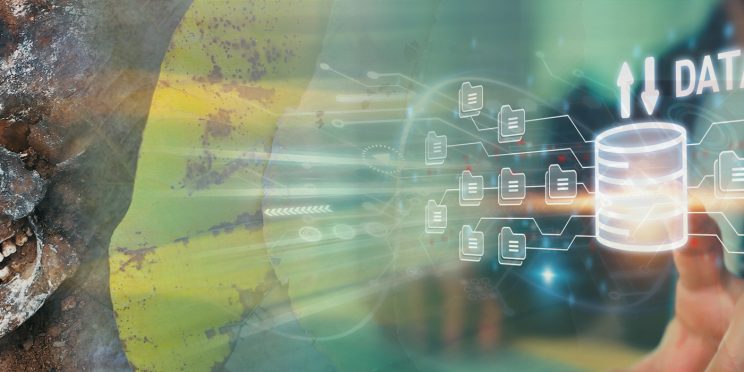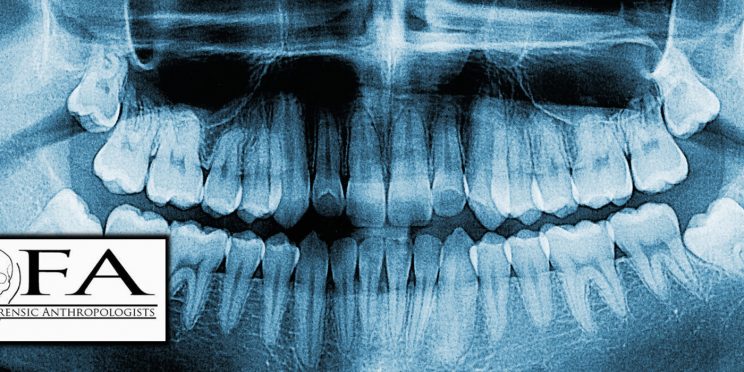Original Release Date: April 17, 2020
In episode five of the 2020 R&D Season, Just Science interviews Dr. Travis Rusch, a postdoctoral research associate at Texas A&M University, about fluctuating temperatures in forensically important blowflies. Forensic entomologists use predictable developmental rates of certain necrophagus insects to estimate time of colonization, postmortem interval, and time of death. However, extreme fluctuations in temperature can affect these development rates in unknown ways. Dr. Rusch hopes to shed light on this issue and advance the field of forensic entomology through his grant work. Listen along as he discusses the utility of forensic entomology, the life cycle of blowflies, and the next phase of his research in this episode of Just Science.
This episode of Just Science is funded by the National Institute of Justice’s Forensic Technology Center of Excellence [Award 2016-MU-BX-K110].
View or download the episode transcript here:
Transcript
Guest Biography
Dr. Travis Rusch obtained his BS degree from the University of Wisconsin-Stevens Point and his Ph.D. from Arizona State University. He is currently a postdoctoral research associate at Texas A&M University. Travis is a broadly trained thermal biologist investigating how animals function across landscapes. While he has examined the behavioral and physiological responses of lizards to altered thermal environments, his focus has shifted to the thermal biology of necrophagous insects. This system provides a comprehensive understanding of ecological systems while offering exciting applications in forensic entomology and disease ecology. He currently working on a project that examines how fluctuating temperatures alter the development of forensically important insects, such as blow flies. This research will improve estimates of forensically important timelines, such as time of insect colonization on dead bodies, which will help improve estimates of the postmortem interval in death investigations.
The opinions, findings, and conclusions or recommendations expressed in this podcast episode are those of the presenter(s) and do not necessarily reflect those of the U.S. Department of Justice.
Contact us at ForensicCOE@rti.org with any questions and subscribe to our newsletter for notifications.




